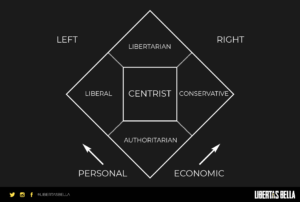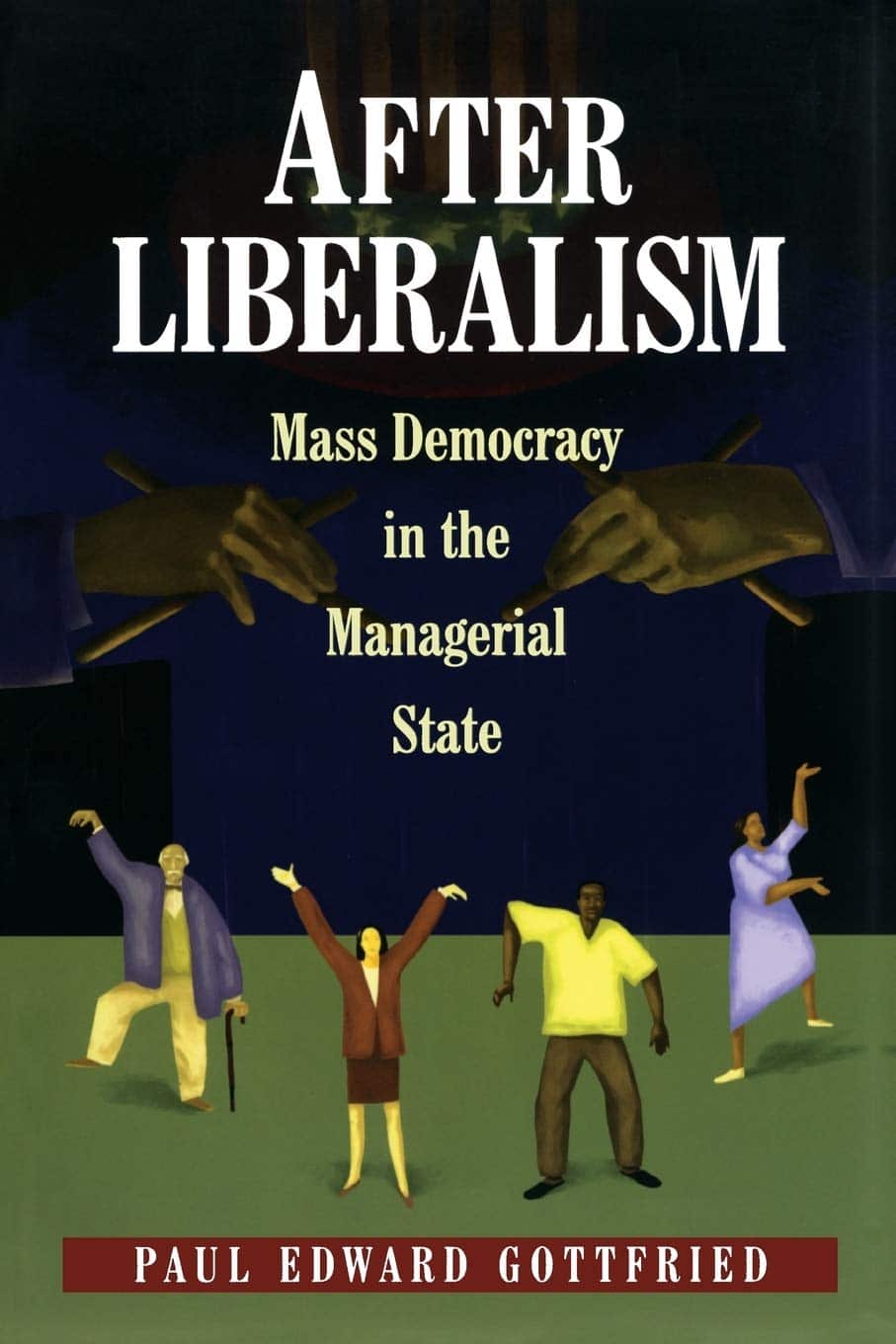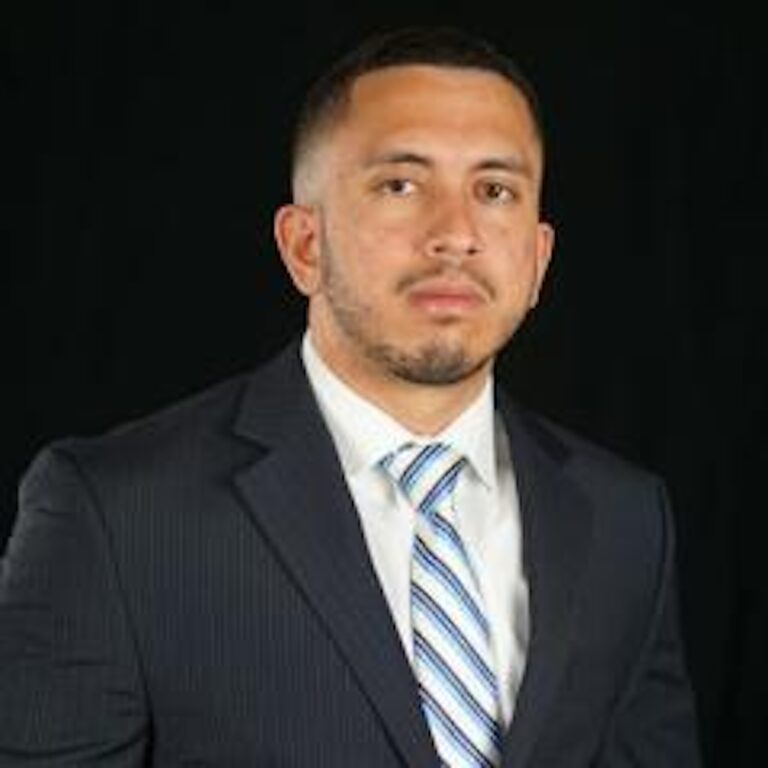Has the definition of “liberal” changed over time?
One of the more compelling debates in American intellectual circles concerns classical liberalism vs modern liberalism.
In American parlance, the word liberal is used reflexively, often without much deep thought about its origin. It usually refers to individuals associated with the contemporary left and loosely connected to the Democratic Party. However, liberal did not always have that connotation in American politics.
To understand these changes, let’s take a stroll down memory lane to learn how its meaning has evolved over time.
Classical Liberalism vs. Modern Liberalism
Originally, liberalism was associated with a political philosophy of governance that protected individual rights, called for checks on government, encouraged economic freedom, and was centered around individualism.
In the present, we see liberalism generally associated with the modern-day political Left which is more focused on using the state to proactively promote egalitarianism and purge society of perceived blights such as racism, oppression, and patriarchal institutions.
The proactive role for the state to modify behavior would seem foreign to the liberals of yore, who generally believed in a restrained state. Crucial historical developments such as the Progressive Era, World War I, the Great Depression, and World War II forever changed American politics, and by extension, politics in the West.
One of the more profound changes was the way the word “liberal” would be used in political speech.
What Changed
Some historians such as the paleoconservative scholar Paul Gottfried make the case that old school liberalism transitioned into a more progressive statism centered on social engineering and behavioral control starting in the 1900s. In his book, After Liberalism, Gottfried documents how the restrained liberalism of the 19th century gradually vanished, to be later replaced by its modern-day successor.
Gottfried argued that “Liberalism is increasingly adrift. Having gone over to social planning earlier in the century, it had to jettison its nineteenth-century heritage in return for humanitarian and ‘scientific’ goals.” The rise of the Progressive Movement at the end of the 19th century, which came about in response to the perceived injustices of the Gilded Age, started to plant the seeds of 19th century liberalism’s destruction.
From Laissez-Faire Capitalism to Welfare Capitalism
Welfare capitalism was a reasonable compromise for those skeptical of both the market and totalitarian economic systems such as Communism. This contemporary political economy generally features a system of progressive taxation, national wage standards, state-run pension systems, and welfare programs for the poor.
On the behavioral front, liberal states in the past century frequently turned to anti-discrimination laws and administrative edicts to purge society of undesirable behavior such as racism, sexism, and homophobia. Top-down state activism was justified under the banner of promoting social justice.
How Progressivism Grew
Many progressive reformers started out locally, but this was only one step in their quest for power. Their vision was to make their way to the top and use the levers of state power to mold American society along scientific lines. Although Progressives had an elitist outlook, they saw mass democracy as one tool to overthrow the previous political order.
The Impact of War on Liberalism
World War I was a major catalyst for governments across the West to assume greater powers than previously imagined. It is often forgotten that a battery of commissions set up during this period inspired a number of New Deal era agencies. Progressives did not see war-time measures as temporary, but rather stepping stones for even larger interventions that would become permanent in times of peace.
Education as a Tool to Socialize the Masses
Progressives were busy on the education front as well. They recognized the power of public education as a tool to socialize the masses. So they did not waste any time to impose their beliefs on the malleable minds of America’s youth.
Educators such as Thomas Dewey were energetic about using public education to spread progressive liberal ideas and socialize the American public. Dewey originally championed progressivism, but grew tired of the term over time.
Gottfried observed that other ideological currents taking root in the early 1900s, compelled reformers like Dewey to describe their approach as “liberal” by default:
“When Dewey decided to characterize his proposed social reforms as ‘liberal,’ he had already tried out ‘progressive,’ ‘corporate,’ and ‘organic.’ The rise of fascism may have rendered rhetorically problematic the last two alternatives to “liberal.” And since there were competitors for ‘progressive’ associated with the reform wings of the two major national parties, Dewey and his confreres may have become ‘liberals’ faute de mieux.”
The Transformational Era of the New Deal
Once the New Deal rolled around, the word “liberal” took on a whole different meaning in American parlance. In Gottfried’s view, the rise of the managerial state — a technocratic state that occupies itself with modifying people’s behavior — during the Progressive Era and its subsequent consolidation during the interventionist period of the New Deal is what put an end to the liberal current of the 19th century.
The economist John Maynard Keynes played an integral role throughout the New Deal in normalizing government intervention in the economy. His public policy prescriptions of massive government spending and bureaucratic administration were a radical departure from the previous laissez-faire paradigm of divided powers, bourgeois morality, and a robust civil society to keep the state in check.
The Civil Rights Revolution’s Knockout Punch
The Great Society reforms of the 1960s further accelerated the ascent of modern-day liberalism after anti-discrimination laws and welfare became the norm. Once the 1960s ended, American liberalism became a force for social reconstruction that made the liberalism of the previous century look even quainter.
Gottfried contended that “Liberalism now survives as a series of social programs informed by a vague egalitarian spirit, and it maintains its power by pointing its finger accusingly at antiliberals.” The constant desire to reshape society is part and parcel of the modern-day liberal experiment.
What is Modern Liberalism
Modern-day liberalism mostly refers to the mass democratic philosophy that center-Left political parties across the West — from liberal internationalists to social democrats — have thoroughly embraced. The way one can define modern liberalism is by characterizing it as a system which features a mixed economy with an activist state that is involved in molding people’s behaviors.
Classical liberals believed in the protection of private property, free speech, and a robust civil society. Modern liberals were more in favor of using the state as a vehicle of promoting social change. They are by no means communists. Modern liberals still believe in private property and civil society outside of the state.
But for the modern-day liberal, these institutions could be exploited and co-opted to serve managerial elites’ ends. Modern liberals ultimately conceded that a functioning market was necessary for funding a welfare state.
What is Classical Liberalism
Figuring out the difference between classical liberalism and modern liberalism requires us to go back to the origins of liberalism itself. English philosopher John Locke is largely credited as the founder of classical liberalism and his example serves as a good starting point for any classical liberal vs modern liberal analysis.
His famous Two Treatises of Civil Government functioned as the definitive text for liberal governance in a time when Europe was largely marked by absolutist monarchies. Locke did not believe in the divine right of kings but was rather of the view that governments needed the consent of the governed in order to have legitimacy.
Locke’s emphasis on “pre-political” rights was revolutionary in that it placed the individual at the forefront of any political order. In addition, individuals could set up their own governments and disband them if they felt that they no longer protected their rights.
For Locke, the government’s only legitimate function was to protect life and property. His ideas would play integral roles during the Glorious Revolution and the American Revolution.
The American Revolution’s Liberal Origins
In the case of the American Revolution, a number of the signatories of the Declaration of Independence drew heavily from Locke. They used his ideology as a basis of rebelling against the British government, which they perceived as a government that usurped its legitimate functions and violated traditional English liberties.
America’s Liberal Experiment in Action
Subsequently, the founding generation drew from Lockean principles to codify a number of civil liberties and limited government functions in the U.S. constitution. These included a separation of powers between the Executive, Legislative, and Judicial branches and the protection of liberties such as the freedom of religion, free speech, freedom to peacefully assemble, freedom of religion, the right to bear arms, and due process.
The French’s Role in Influencing American Governance
The separation of powers was largely inspired by liberal thinkers such as the French political philosopher Baron de Montesquieu and his Enlightenment counterparts who championed a social contract of sorts between individuals and the state. Under this political order, the rule of law, equal rights among rulers and the ruled, and the ability for citizens to petition their government would be safeguarded.
How Classical Liberalism Provided the Intellectual Backbone for Capitalism
Classical liberalism wasn’t just confined to the political sphere. Economists such as Adam Smith took the logic of liberalism and applied it to economic policy. Smith became a firm believer in a capitalist economy that promoted free commerce between nations, as opposed to the prevailing mercantilist model that European preferred at the time.
Similar to Locke’s political works, Smith’s Wealth of Nations became one of the most influential pieces of economic literature in human history and put the field of economics on the map.
Classical Liberalism’s Peak in the 19th Century
By the mid-19th century, liberalism reached a turning point after the British Empire embraced global free trade through its repeal of the Corn Laws. From that point until World War I, Britain and most of the West enjoyed unprecedented economic prosperity, relative peace, and a gradual transition to constitutional democratic rule.
For many historians of liberalism, the Gilded Age or Belle Epoque (Beautiful Era) was the height of personal freedom in the West combined with a level of economic growth that was never seen before thanks to the Industrial Revolution.
Given these historical contrasts, it’s no surprise why many historians like to participate in the classical liberal vs modern liberal discussion. Upon deep inspection, there are clear differences in these ideological strands, which merit considerable analysis.
Classical Liberalism vs Modern Liberalism on the Nolan Chart

The chart is divided into four quadrants that list political viewpoints along two axes, which highlight economic and personal freedom.
The classical liberal respect for individual liberties and a restrained state has lived on in modern-day libertarianism. Most classical liberals would likely score in the lower part of the libertarian quadrant closer towards the centrist bloc.
Liberals in the present, on the other hand, would probably land more on the left hand progressive quadrant, with some sliding downwards towards statism. Their economic views put them well to the left of all free-market liberals.
That said, there are some progressives and contemporary liberals who share similar views with free-market liberals regarding civil liberties.
Liberalism’s Comeback
19th century liberal ideas have witnessed somewhat of a comeback but with a slightly more radical twist after World War II. Economists such as Friedrich A. Hayek and Milton Friedman helped supply the intellectual ammo that sparked a resurgence in liberal thought and the subsequent entrance of libertarianism in American politics.
The Differences Between Classical Liberals and Libertarians
Although there are considerable degrees of overlap between classical liberals and libertarians, the latter tend to be more radical in their views of the role the state plays in society and how much government intervention should be tolerated.
For many sects of libertarianism, the state should only be limited to the provision of defense, the court system, and law enforcement. The more anarchist wings of this movement tend to believe that the private sector and civil society can assume all competencies of the state.
Where Liberalism Stands Now
As much as some would like to deny it, the definition of words matter. They can have different meanings depending on the country, time, or place. In the rest of the Anglosphere, liberal is generally associated with the free-market Right.
The same is the case in Spanish-speaking countries. However, this has not been the case in the American context. Political movements tend to come and go throughout history.
The Percieved Triumph of Liberalism Against Communism
The 20th century largely saw the demise of 19th century liberalism and ushered in a completely different paradigm. The waning years of the Cold War witnessed the demise of Soviet-style totalitarianism and the perceived triumph of liberal democracy.
Political leaders such as Margaret Thatcher and Ronald Reagan provided the public policies and political leadership that allowed for market-based liberalism to thrive and set itself apart from central planning.
The New Liberal Consensus
By the 1990s, market-based economies were generally accepted by elites and became the order of the day. This became embodied in “neoliberalism”, a resurgence of economic liberalism in the form of lower tariffs, multilateral trade, less stringent migration, moves towards privatization of state enterprises, and slightly sleeker welfare states.
Neoliberal Dominance
In contrast to its distant 19th century ancestor, neoliberalism was not as pro-liberty and still maintained the managerial state and the concomitant social engineering measures that were established in the 1960s. Regardless, the ideological dominance of neoliberalism cannot be denied as most of the globe has embraced some form of market economy and has largely rejected Soviet-style central planning.
Although the New Deal saw a leftist shift on economics issues, “neoliberals” of the post-Cold War era started taking more market-based positions on multilateral free trade and immigration.
The Fragile Nature of the Post-Cold War Order
At a glance, post-Cold War liberals have appeared to engage in a form of “fusionism”, wherein they blend free-market positions on immigration and trade, with more left collectivist positions on education, healthcare, free speech, gender relations, and freedom of association.
The emergence of “wokism” has further perverted liberalism, as its collectivism has now become more racialized and has taken on an iconoclastic form now that basic gender relations, appreciation for a nation’s history, and free speech are all being called into question.
Many liberals have grudgingly moved along with this new trend of leftism. Indeed, a 90s neoliberal would likely shudder at the prospect of any member of the woke generation coming into power.
The Challenge of Resurrecting Liberal Ideas
Several public intellectuals such as American political commentator Dave Rubin and psychology professor Jordan Peterson have made attempts to resurrect old liberalism in a time when political discourse is threatened by cancel culture and anti-free speech forces on the Left.
Based on the new political challenges of the 21st century, classically liberal ideas have a tall task in front of them in trying to become relevant again in political movements on the Right. Nationalism and conservatism are the most influential movements on the Right at the moment and they have generally become less liberal over time.
Regardless of the changing political ecosystem, it would still benefit people to understand the classical liberalism vs. modern liberalism debate in order to make sense of our ever-changing political environment.
This article was originally featured at the Libertas Bella blog and is republished with permission.
































